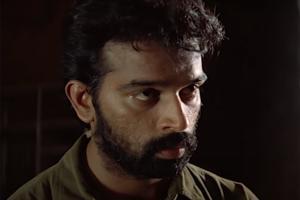
Picture Courtesy: YouTube
Before he made Satya, arguably his greatest piece of work, Ram Gopal Varma made Rangeela and Daud. One was a romantic-musical and the other an unpretentious comedy. With Satya, he dealt with the theme of the underworld, a subject barely tackled in Hindi Cinema. Both Rangeela and Satya were based in Mumbai. The film is a masterclass in filmmaking, how to get the aesthetics and atmospherics right, how to squeeze gritty and galvanised performances, and how to make the world of gangsters fascinating!
ADVERTISEMENT
If Rangeela showcased the charming side of the city, the latter reflected upon the catastrophes that are waiting to explode here. If Rangeela was about an outsider who wishes to make it into the glittery world of Bollywood, Satya narrated the tale of how an outsider was sucked into the gritty world of the underworld.
It was nearly impossible to pinpoint the hero of the film, the eponymous character, played by J.D. Chakravarthy, if one were to see this drama without watching the trailer or a poster. The film begins with a voiceover of Aditya Srivastava about how Mumbai has been experiencing a sharp rise in its nefarious activities and the bloodbath between the gangsters and the police is on an alarming high. Amidst this panic and pandemonium, a common man comes to the city for work.
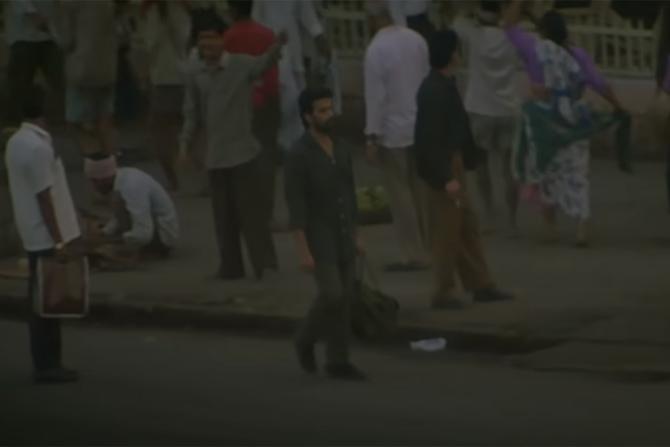
He's one of us, bathed in ordinariness and defined by unkemptness and unemployment. His first dialogue in the film is to Manoj Pahwa- "Kuch Kaam Milega?" In the next scene, we see him as a waiter in a shady bar that presents us the seedy side of the city of dreams. An unwanted and unfortunate encounter with a gangster changes Satya's fate forever. He's accused wrongfully of pimping and imprisoned. This is where Satya's journey begins, both of the film and the character's.
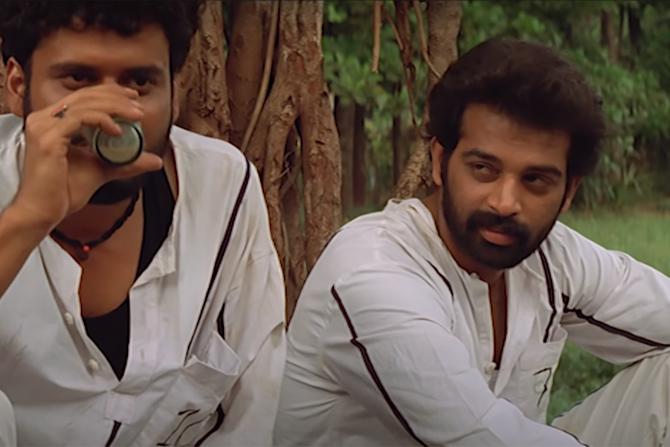
Varma assembled an ensemble of messy maniacs that ran havoc with their delicious and dazzling characters. There was Bhiku Mhatre, played by Manoj Bajpayee with great gusto. There was Kallu Mama, a character that marked the rise and recognition of Saurabh Shukla. Credit to the genius of music director Vishal Bhardwaj and lyricist Gulzar that they composed some inimitable and imaginative tunes that were etched in people's consciousness forever. Shukla got a whole dance number filmed on him and his cohorts.
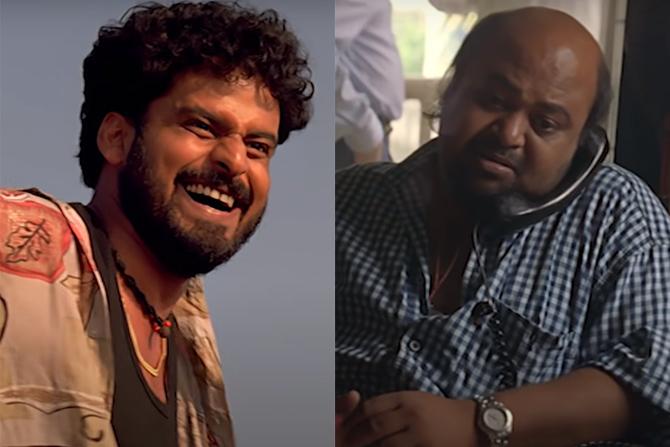
Writer Anurag Kashyap, who came to the city in 1993, teamed up with Varma and let his imagination run riot. The greatest strength of Satya was its honesty. Varma, after charming and captivating us with the razzmatazz of Mumbai, chose the same city to horrify us with its brutal reality. It also came out at a time when the underworld nearly dominated the city and encounters happened in broad daylights.
But the real masterstroke from the filmmaker came from his ability to humanise these unlovable characters. It's not difficult to predict how their stories will culminate, but there's pulsating and palpable tension how ugly their end will be. Satya and all of his members succumb to the encounters, but we are broken from inside to see their traumatic fate.
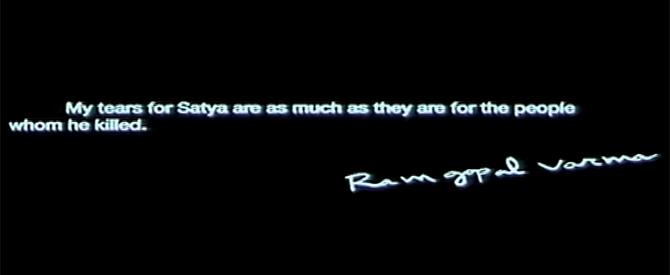
The closing line of Varma in the film is- My tears for Satya are as much as for the people whom he killed. 22 years later, while revisiting this film, the tears still feel fresh, both for Satya and the people he killed!
Catch up on all the latest entertainment news and gossip here. Also, download the new mid-day Android and iOS apps.
Mid-Day is now on Telegram. Click here to join our channel (@middayinfomedialtd) and stay updated with the latest news
 Subscribe today by clicking the link and stay updated with the latest news!" Click here!
Subscribe today by clicking the link and stay updated with the latest news!" Click here!






